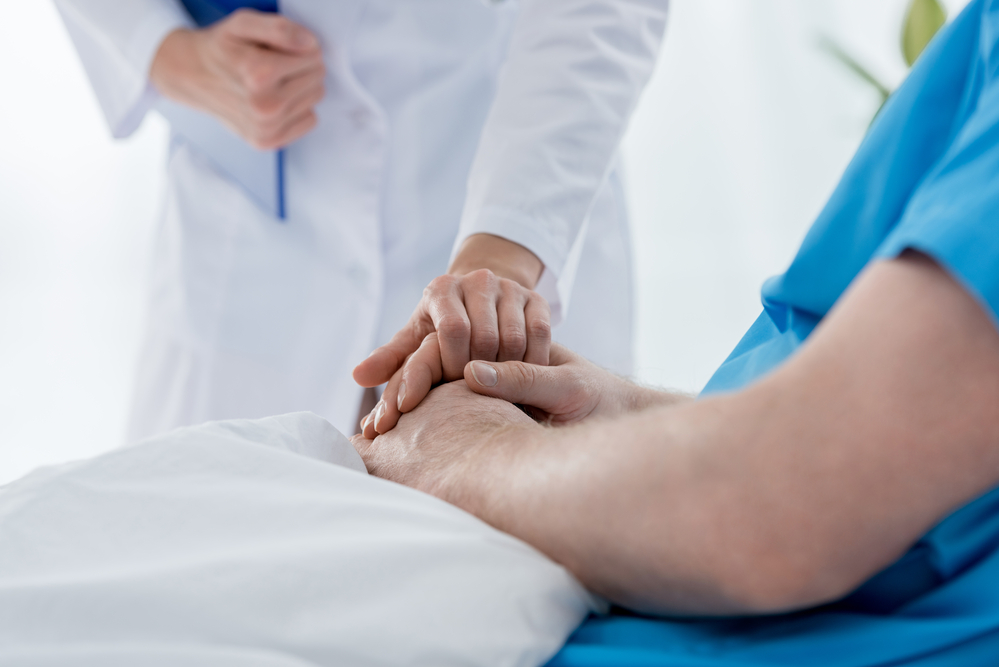Have you heard the phrase “in death, we’re all the same”? Well, that may not actually be the case: a Dutch study has just found that people with lower incomes are 10% less likely to survive cancer.
The study was conducted by the Comprehensive Cancer Centre of the Netherlands (IKNL), using data from the Dutch Cancer Registry (NKR) and Statistics Netherlands (CBS).
What are the findings?
By crossing decades of Dutch cancer data with national statistics about mortality rates and income distribution, the IKNL came to a shocking conclusion: having a low income heavily reduces a person’s chances of surviving cancer.
Precisely, low-income people are around 10% less likely to be alive five years into their diagnosis than patients with higher incomes.

This finding also varies across genders, with the gap being wider for men (12%) than for women (7%).
READ MORE | All you need to know about going to the hospital in the Netherlands
Unsurprisingly, people with lower incomes are also hit harder financially by the illness: 22% of them encounter financial problems after the diagnosis, against 12% of high-income patients.
Furthermore, low-income people who do recover have a harder time during and after treatment, and often deal with higher stress and panic levels, and more work and accommodation insecurity.
Why is there such a big difference?
This big gap in survival rates is due to several interrelated factors, IKNL epidemiologist Mieke Aarts explains to the NOS.
One big factor is the health gap between socio-economic groups — even before the cancer diagnosis, a low-income patient is more likely to have pre-existing health issues.
This, in turn, is partly due to a gap in access to healthcare, as people with lower incomes are also often less educated, which complicates navigating the healthcare system.
READ MORE | Dutch health insurance in 2024: what’s new?
For instance, this educational barrier can make it harder for people to fully understand their diagnoses.
“Under such circumstances, it becomes very difficult to make well-considered decisions about your life,” explains Aarts.

Living and working conditions also severely impact people’s survival chances.
“For example, highly educated people more often have an office job. It is then easier to work from home or at adjusted times than when you work in shifts in a factory,” notes Aarts.
In contrast, “people with a lower income generally do physically heavier work and it is more difficult to continue working.”
“Or you are so weakened after treatment that you can no longer pick up that old job while you have fewer alternatives in terms of work,” she concludes.
What can be done about it?
According to Aarts, all segments of society can help close this gap. “We should not accept that 10 percent of people with cancer live less long and have a poorer quality of life,” she tells the NOS.
Healthcare professionals, for instance, should be trained to communicate more effectively with people from all walks of life.
READ NEXT | How to register with a doctor in the Netherlands
Ultimately, though, the most crucial measures are in the government’s hands.
The IKNL study suggests that the government should focus on prevention — such as further discouraging smoking, which is still the leading cause of lung cancer, and educating children on healthy nutrition through the school curricula.

Another crucial step would be to abolish the VAT on healthy food, because “healthy choices should not be more expensive than unhealthy ones,” says Aarts.
READ NEXT | I had a good experience with the Dutch healthcare system, am I the only one?
These recommendations, however, are crashing against the reality of the current cabinet’s budget cuts.
Far from investing in prevention, the governing is actually slashing the funds of healthcare organizations across the country.
Have you been impacted by class-based inequality in healthcare? Tell us about your experiences in the comments below.



